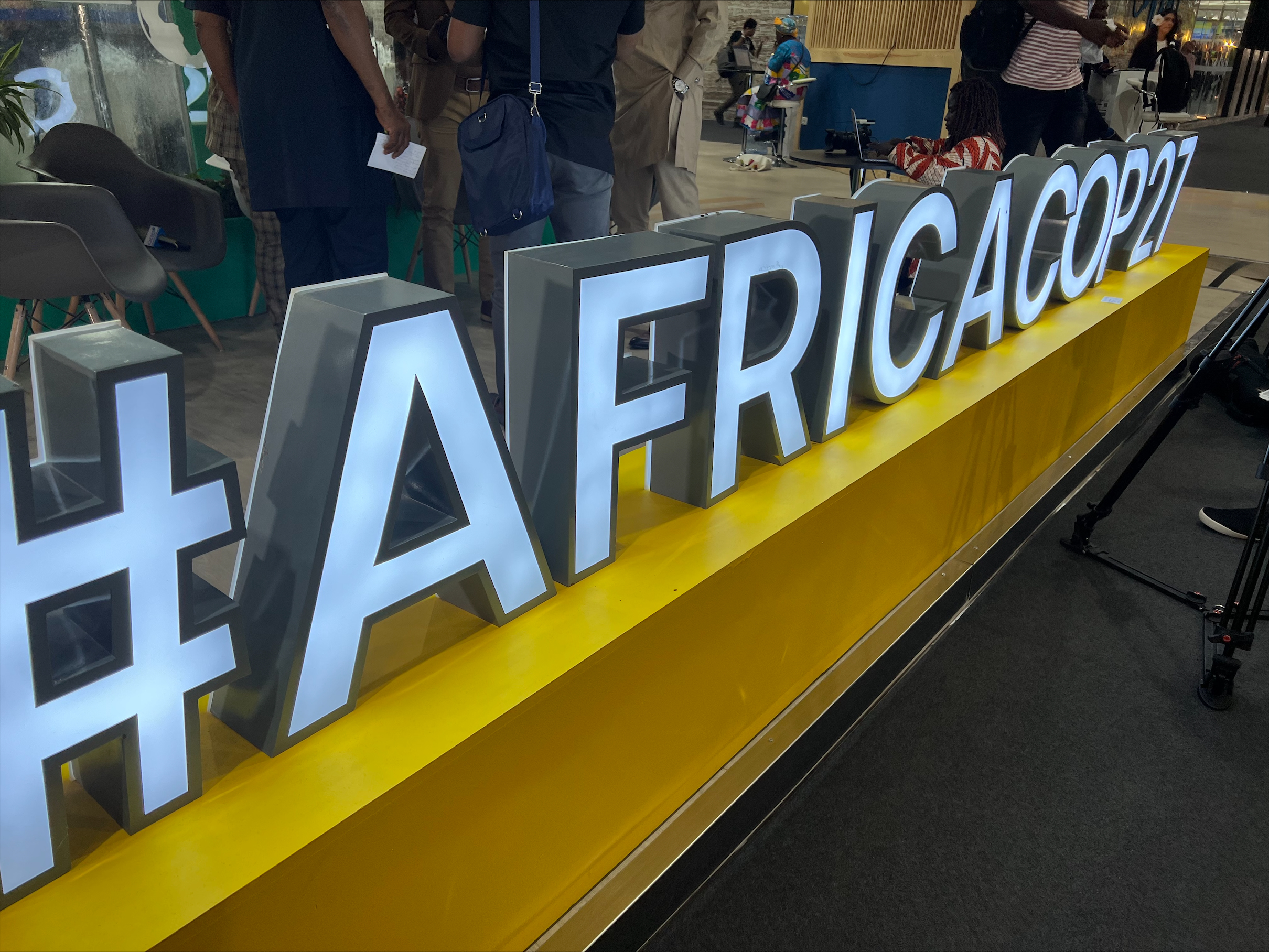By N.K. Ezeobele, Jan Schori Fellow, BCSE
Climate finance is now a trending topic and significant issue in global discussions on climate change. As countries, organizations, and individuals recognize the urgent need to tackle the complexities that come with this problem, the climate finance needs of Africa are no exception. I am passionate about bridging the public and private sectors to design and execute effective policy solutions to drive sustainable development in Africa – particularly in my home country, Nigeria. Historically, African policymakers have struggled to deliver robust economic development, and the impact of climate change has only made this a more arduous task.
For Small Island Developing States (SIDS) and the Least Developed Countries (LDCs), the problem is urgent. As of 2021, 33 of the world’s LDCs are in Africa – a continent of 54 countries total. These countries face significant poverty, underdevelopment, and limited access to basic services such as healthcare and education. These factors make them vulnerable to extreme weather events leading to decreased agricultural productivity, water scarcity, and increased health risks. Consequently, the availability of financial and technical resources is critical to adaptation – highlighting the need for capital in the form of climate (blended) finance.
Extreme weather events are occurring with greater frequency and impacting communities worldwide. However, the impact on SIDS and LDCs is more severe. For example, Category 5 Cyclone Winston struck Fiji in February 2016, resulting in widespread damage and displacement. The cyclone destroyed homes, schools, and infrastructure, leaving thousands of people without access to food, water, and shelter. Similarly, in recent years, Mozambique has been hit by a series of powerful cyclones, including Cyclone Idai in 2019, which caused widespread damage and flooding.
Last year in my home country of Nigeria, 600 people died while 1.3 million people were driven from their homes due to seasonal flooding. In a single instance, 76 individuals lost their lives while attempting to escape the water after their boat crashed. This is the magnitude of the climate risk we face, and the scope of the resources required to fix this is colossal. Climate finance is necessary to not only address mitigation but, more importantly, fund adaptation strategies that ameliorate these problems while allowing the countries to begin their energy transition.
The subject of climate finance for developing countries, including the LDCs in Africa, is a major topic of discussion at the annual United Nations Framework Convention on Climate Change (UNFCCC) Conference of Parties (COP) meetings. At the most recent COP 27 in Egypt, new pledges of support by developed countries were limited and the call for increased private sector finance continued. Two new areas emerged on the global agenda at COP 27 – including the reform of multilateral development bank (MDB) financing, as laid out in the Bridgetown Initiative, and the creation of a loss and damage fund.
The United States is making investments in Africa’s climate-resilient development. At COP 27, President Biden pledged over $150 million in new funding for climate adaptation in Africa under the President’s Emergency Plan for Adaptation and Resilience (PREPARE). The United States is a key MDB stakeholder, including at the World Bank and International Monetary Fund (IMF). At the U.S.- Africa Leaders’ Summit held in Washington, D.C. in December 2022, President Biden highlighted his Administration’s commitment to working closely with Congress to lend up to $21 billion through the International Monetary Fund for low and middle-income countries, which will support African resilience and recovery efforts. For nations to restore their footing after years of great stress, the Biden-Harris administration is also urging all bilateral and pertinent private creditors to offer considerable debt relief.
The question of debt relief in the face of increasing climate disasters has also emerged on the international agenda. The ability of developing countries to invest in adaptation strategies is complicated by the reality that some of these countries also have existing debts due to economic aftershocks caused by the pandemic and increasing interest rates, which makes debt repayment more difficult.
I believe there is an opportunity here for taking an innovative approach to managing finance strategies including at the sovereign level. One such tool is climate-related investments for debt relief, or “debt-for-climate swaps”. These swaps are mechanisms of bilateral/multilateral debt forgiveness by creditors in exchange for a commitment by the debtor to use outstanding debt service payments for national climate action programs.
In conclusion, climate finance is ever more important to developing countries. The importance of access to capital in order to achieve development and infrastructural objectives cannot be overstated. There is a need for adequate and predictable climate finance while increasing transparency of financial flows and facilitating access to meet the needs of developing countries, particularly the LDCs and SIDS. At COP 27 last year, the role of climate finance took center stage as the need to move from goals to implementation is now universally agreed upon. International climate finance will ensure the implementation of existing transition and adaptation plans that LDCs and SIDS have developed that require adequate financing.
About the author: Odinaka (“N.K.”) Ezeobele is an EMPA student at the Columbia University School of International and Public Affairs (SIPA), where her focus is on International Economic Policy and Sustainability. As BCSE’s 2022 Jan Schori Fellow, she conducted research on climate finance discussions at COP 27.

